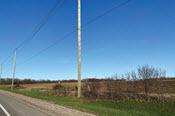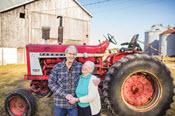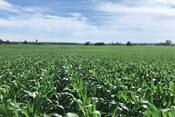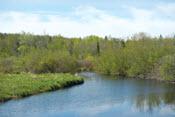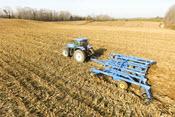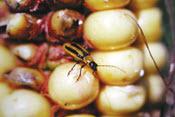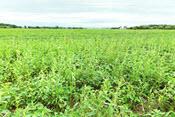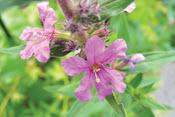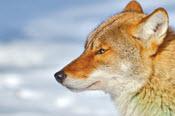The Cost of Putting Hydro Poles in Their Place
There’s more than mere relocation involved in moving poles on-farm.
By Colleen Halpenny
Frank Dietrich of Lucan was excited to begin making tiling plans for one of his fields recently. “We purchased this plot a couple of years ago, but last year really looked into getting it tile-drained so we could maximize yields,” he reflects.
“Currently, along the road, there are 10 hydro poles, which sit about 30 feet into my field. The poles are not in great shape – most were installed in the 1960s.”
The poles hampered his operations.




